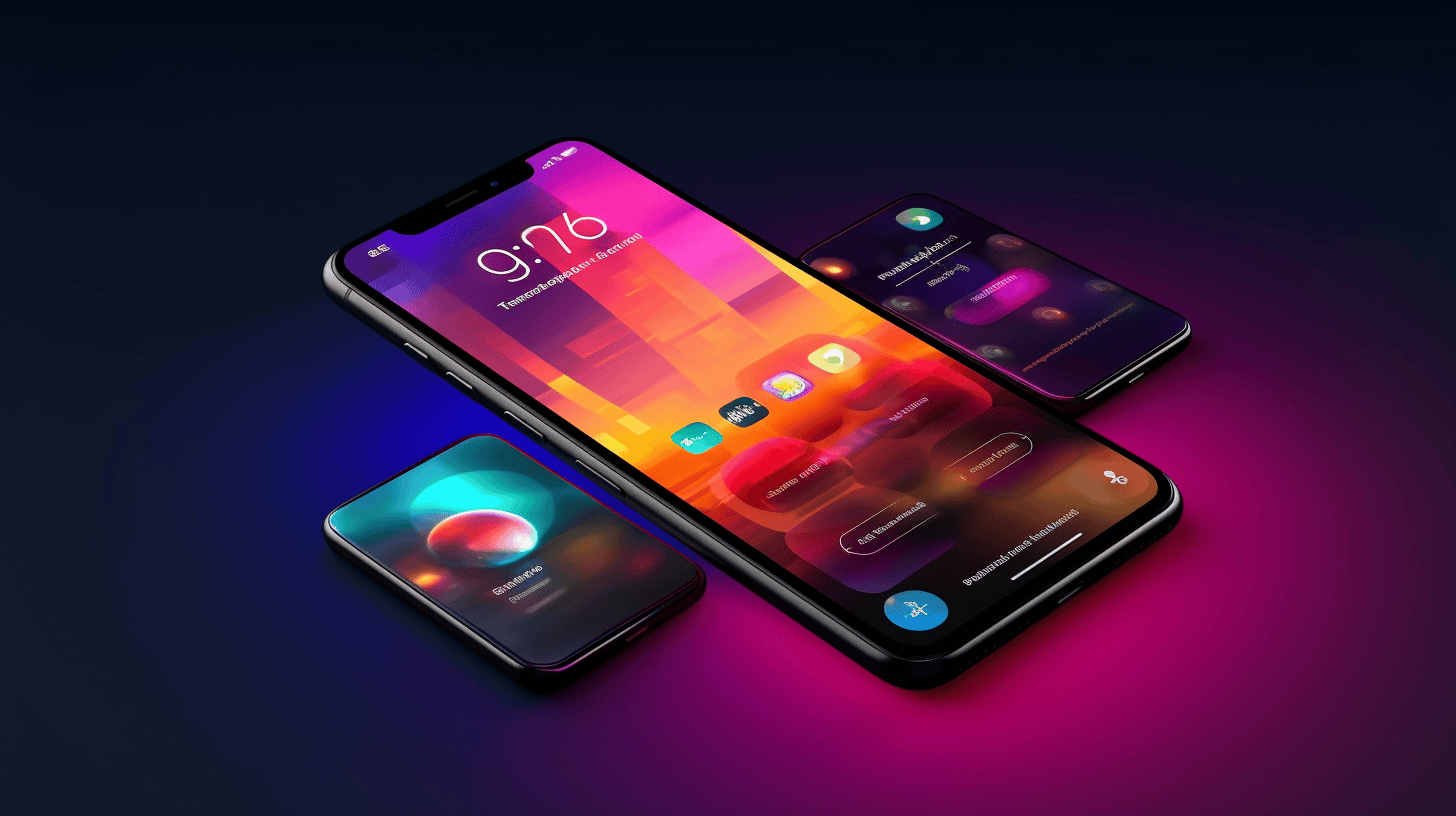The world of mobile app development is constantly evolving, with new technologies continually transforming the landscape. One such technology that has captured the attention of developers worldwide is Flutter, Google’s UI toolkit. In this article, we’ll explore the versatility of Flutter and understand how it’s changing mobile app development.
What is Flutter?
Flutter is an open-source UI toolkit developed by Google for crafting beautiful, natively compiled applications for mobile, web, and desktop from a single codebase. It’s built on the Dart programming language, known for its simplicity and efficiency. Since its release in 2017, Flutter has grown tremendously, and now it’s a top choice among developers for app development.
Simplifying the Development Process
One of Flutter’s significant advantages is its ability to streamline the app development process. This is achieved through the hot reload feature that allows developers to implement changes in the code and see them in real-time without the need to restart the application. This reduces time spent on fixing bugs and adds to overall developer productivity.
Uniform UI and Business Logic Across Platforms
Flutter’s promise of ‘write once, run everywhere’ extends beyond mere marketing. The single codebase strategy means developers can use the same code for different platforms (Android, iOS, web, and desktop), reducing both development time and cost. The framework also ensures consistent performance and UI across these platforms, which is a significant boon for developers and businesses alike.
Rich, Customizable Widgets
Flutter boasts an impressive array of customizable, out-of-the-box widgets for developing complex UIs. These widgets are not just wrapper components but fully customizable, allowing developers to create a unique look and feel for their apps. The widget tree structure also makes it easier to build, visualize, and manage the UI, further streamlining the development process.
Flutter and the Future
Looking ahead, Flutter has promising potential for the future of app development. With the upcoming Flutter 3.0, we expect even more versatility, making it easier for developers to create multi-platform applications.
One key area of potential growth is in the realm of Flutter for web and desktop. While still relatively new compared to its mobile counterpart, Flutter’s cross-platform capabilities are set to expand further, enabling developers to build even more robust and versatile applications.
Another promising aspect is Flutter’s compatibility with Fuchsia, Google’s experimental operating system. If successful, it could open a new avenue of possibilities for Flutter developers.
Conclusion
In the rapidly changing world of mobile app development, Flutter has emerged as a versatile, efficient, and cost-effective tool. Its ability to create beautiful, high-performance apps across different platforms with a single codebase is revolutionizing the app development process. At Gegobyte Technologies Private Limited, we’ve experienced first-hand the transformative power of Flutter, and we’re excited about the future possibilities it holds.
With ongoing development and a growing community, Flutter is set to continue its upward trajectory, reshaping the landscape of app development. Whether you’re a seasoned developer or an enterprise looking to innovate, Flutter offers a myriad of possibilities worth exploring.
Stay tuned with us to discover more about Flutter, its applications, and how it can help your business achieve digital success.

